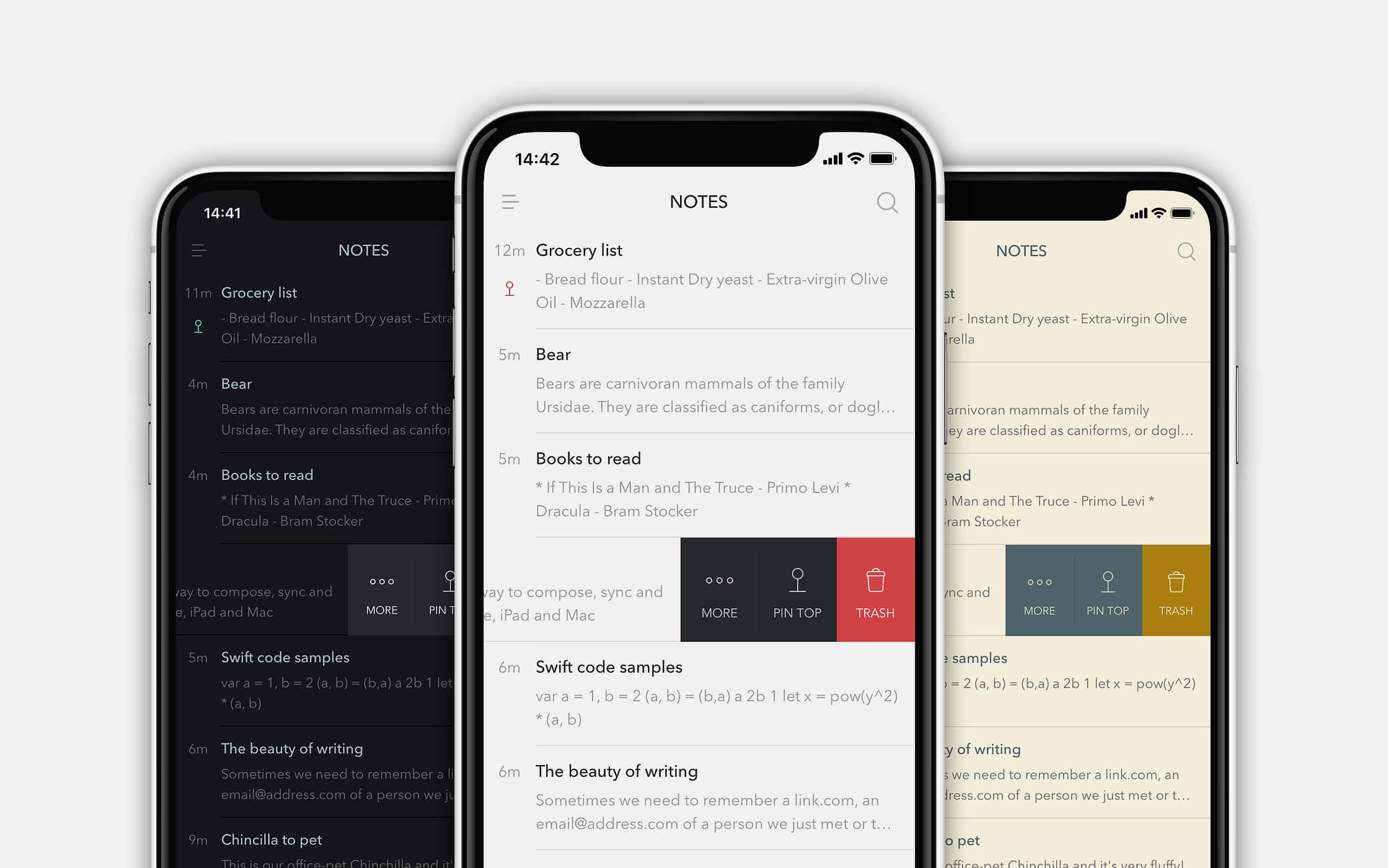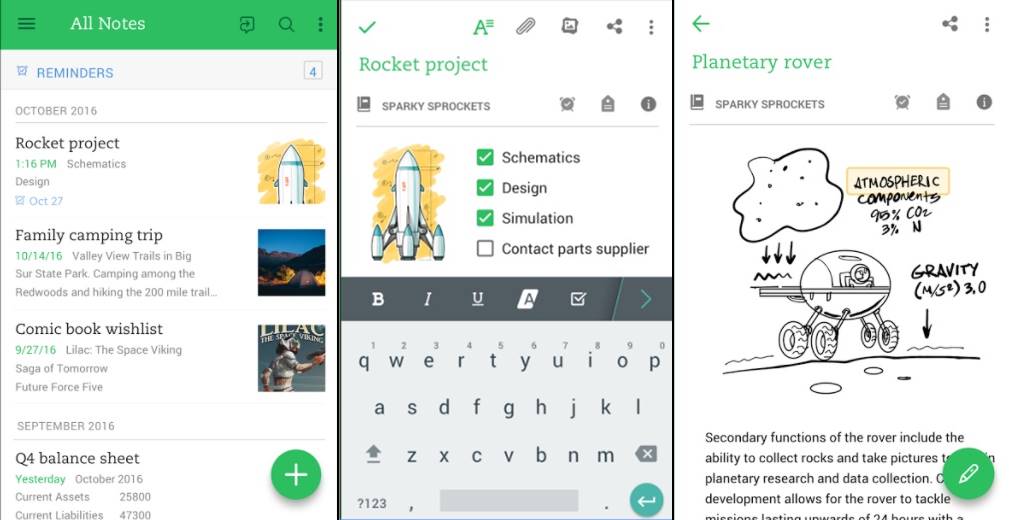

We think the easiest way to understand how you can use a tablet for interpreting is to see it in action. Plus, you can easily view meeting documents, glossaries, fact sheets, and other materials alongside your notes using multi-tasking mode. In our research, we found that clients find interpreters who use tablets to be more professional and memorable. If you work for a client regularly, you can quickly find the notes from your last assignment.

It’s also easy to store and organize past notes. Tablets are highly portable, and allow you to carry everything you need - meeting documents, dictionaries, glossaries - on a single device.

(Make sure to charge your tablet and stylus before your assignment. It takes a little getting used to, but offers tons of additional benefits.įor example, you never have to worry about running out of paper or ink again. You just grab your stylus, open an app, and start taking notes! The truth is that taking notes on a tablet is incredibly similar to taking notes on paper. When we talk about using a tablet to take notes, we sometimes hear questions like, “Does that mean you type your notes? Why would you do that?” Read on! Why use a tablet as digital notepad? Unsure about using a digital notepad? Wondering how to take notes on your tablet or take it to the next level with multitasking? Looking for the best consecutive note-taking app? Now it’s time to dive into how you can actually use a tablet for consecutive note-taking. In past articles, we’ve discussed why we love tablets for interpreting and shared some of our favorite tech tools for practicing consec.


 0 kommentar(er)
0 kommentar(er)
